Positive Leadership: Strategy for Workplace Communication & Wellbeing
VerifiedAdded on 2023/06/08
|12
|796
|279
Presentation
AI Summary
This presentation delves into the concept of positive leadership and its practical application in enhancing workplace communication skills. It references theories such as participative leadership, organizational culture, and conflict management to provide a comprehensive understanding of how positive leadership can improve employee productivity and wellbeing. The presentation outlines actionable steps managers can take to foster positive employee relationships, including encouraging open communication, utilizing participative leadership styles, and providing training opportunities. It also highlights the benefits of positive workplace relationships, such as increased productivity and stronger organizational culture, and discusses the role of social media and technology in facilitating communication. The presentation concludes by emphasizing the importance of creating a supportive and inclusive work environment where employees feel valued and empowered.
1 out of 12
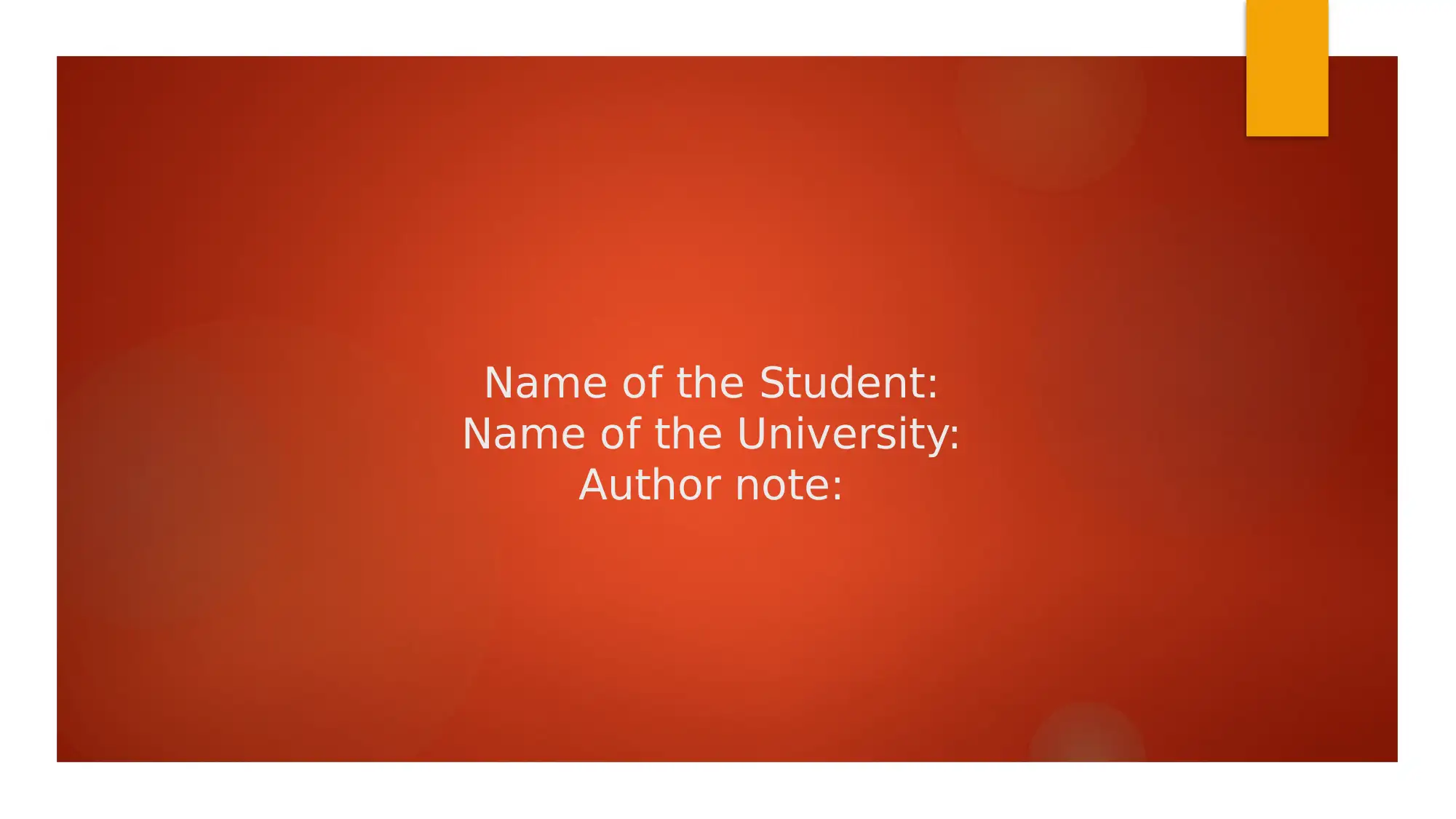
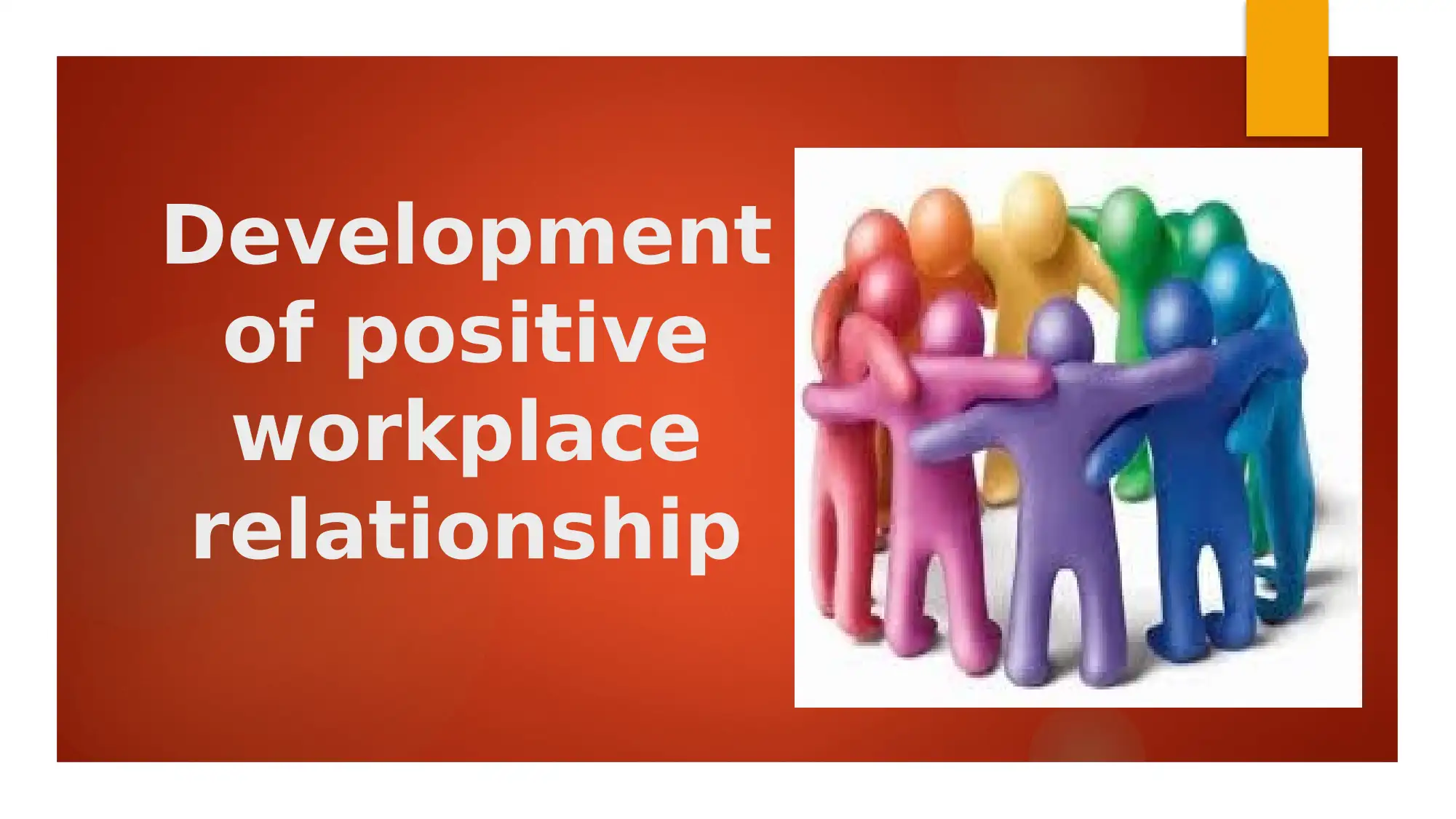
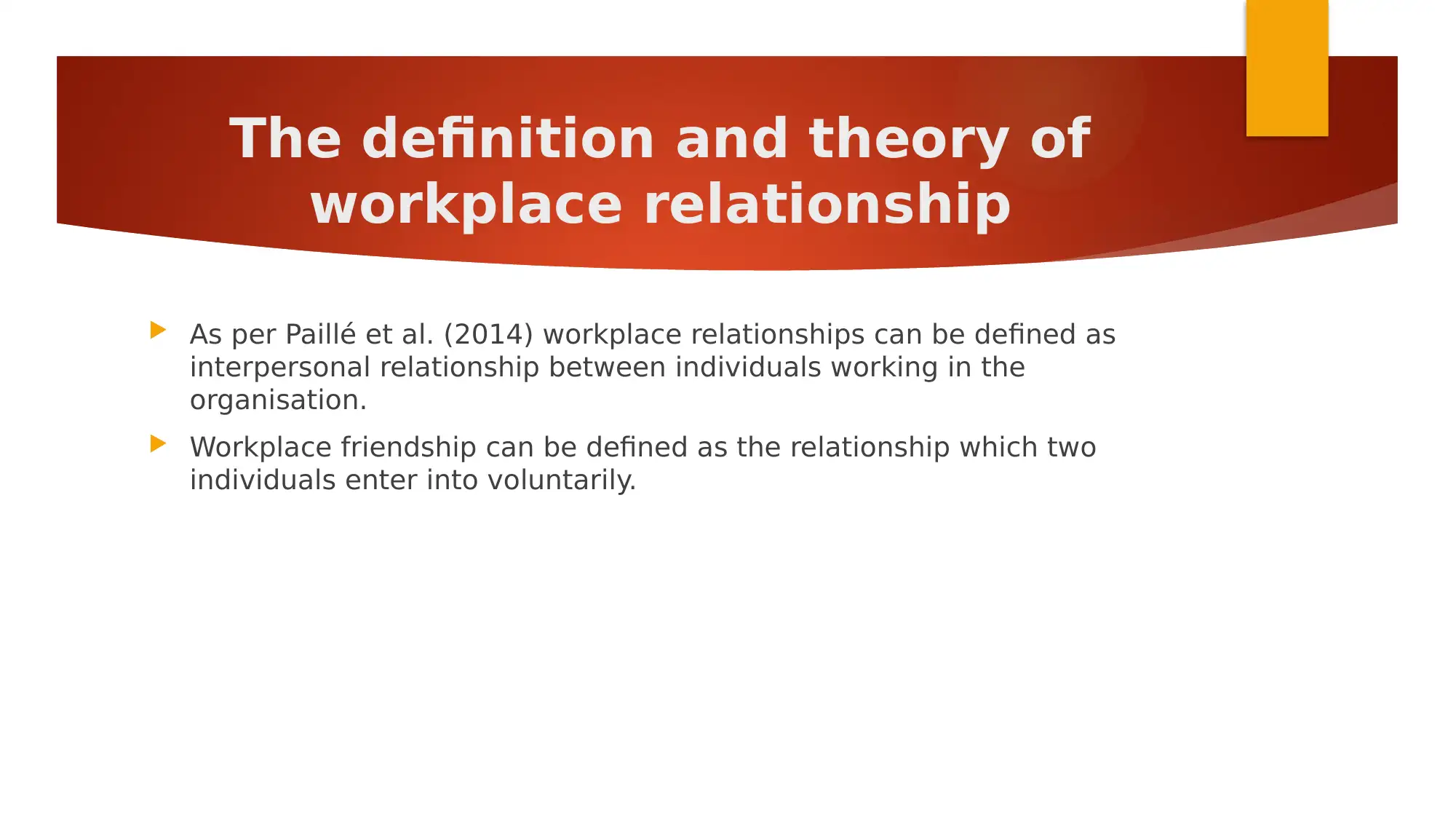

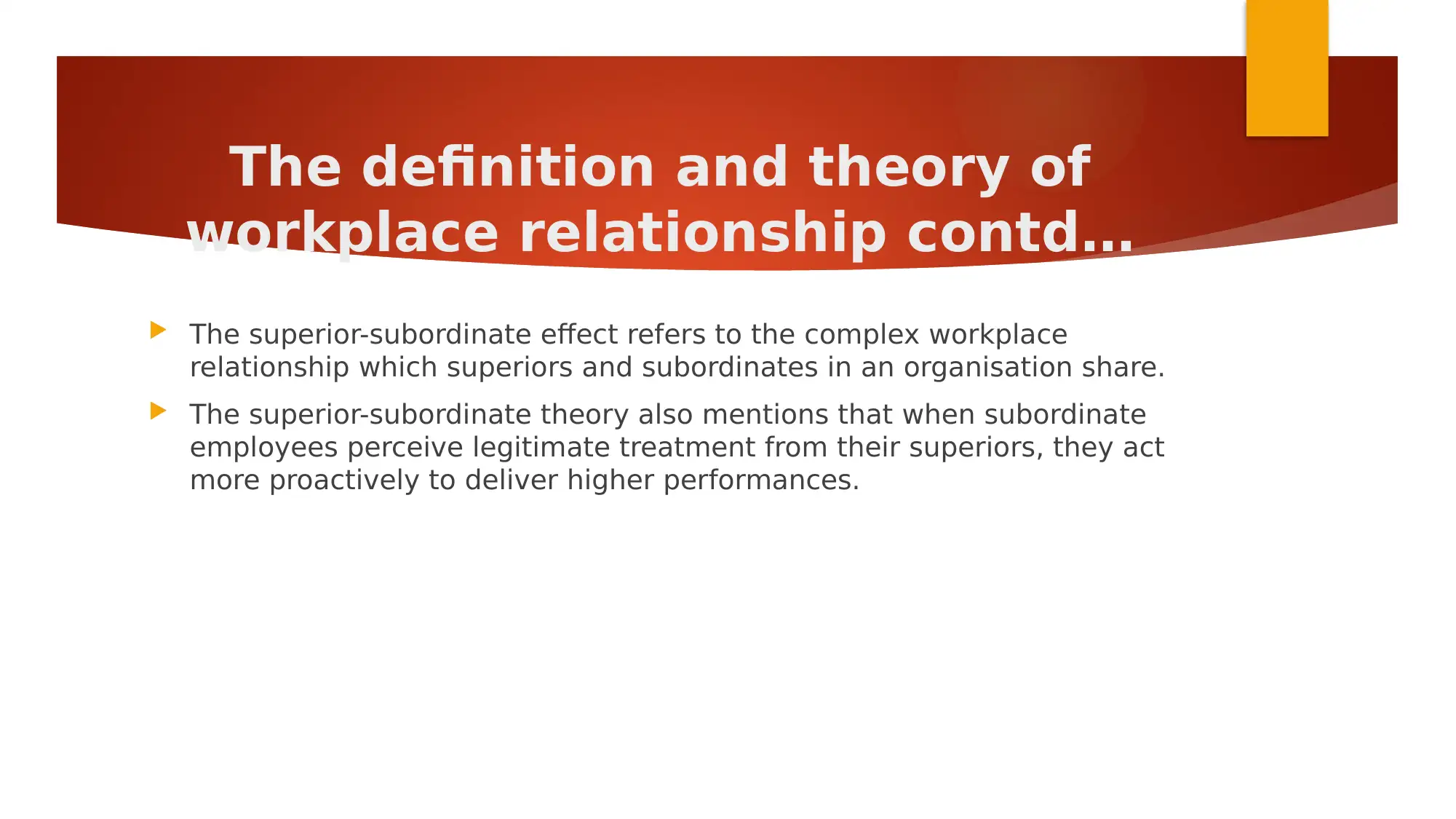
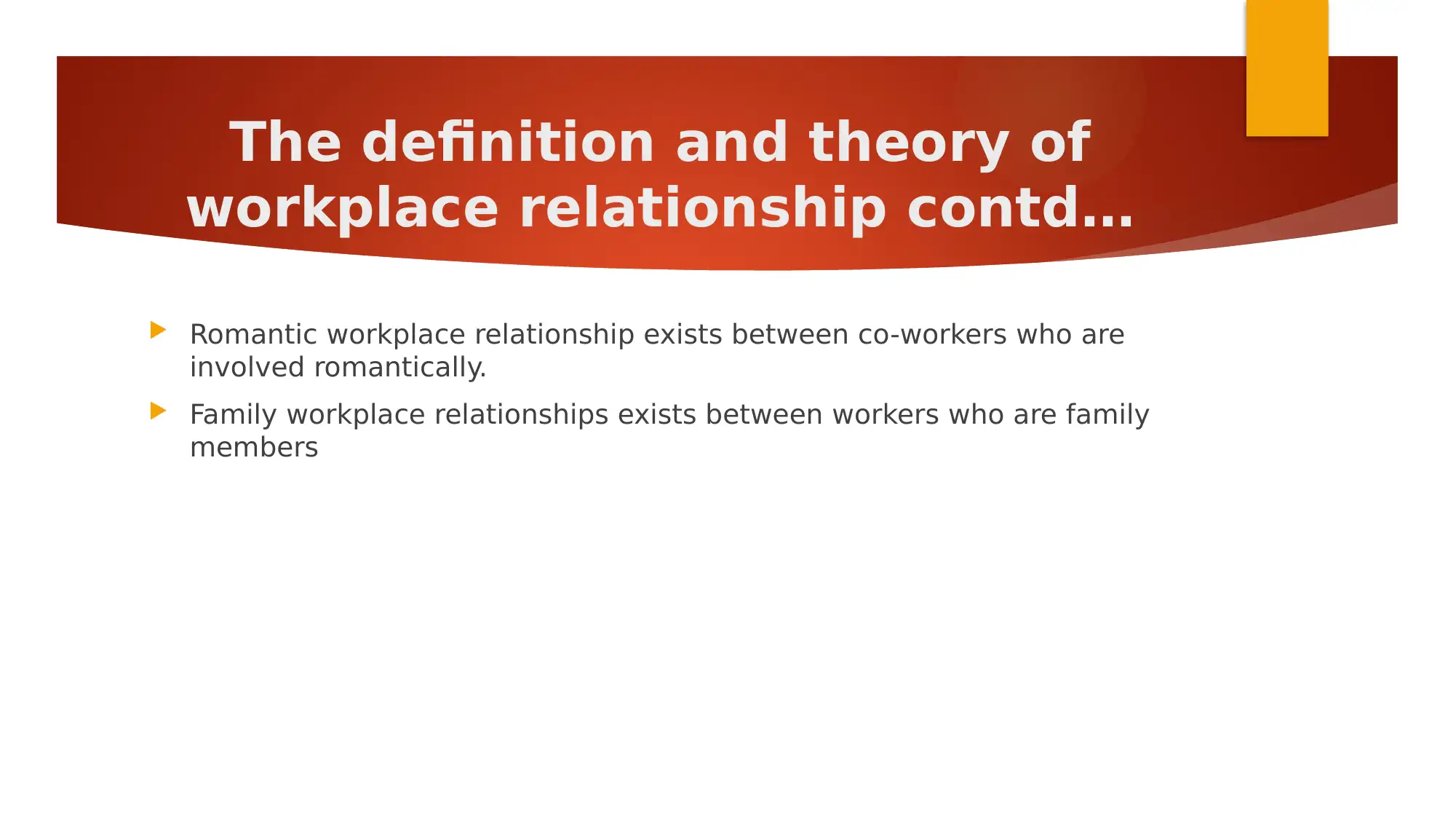

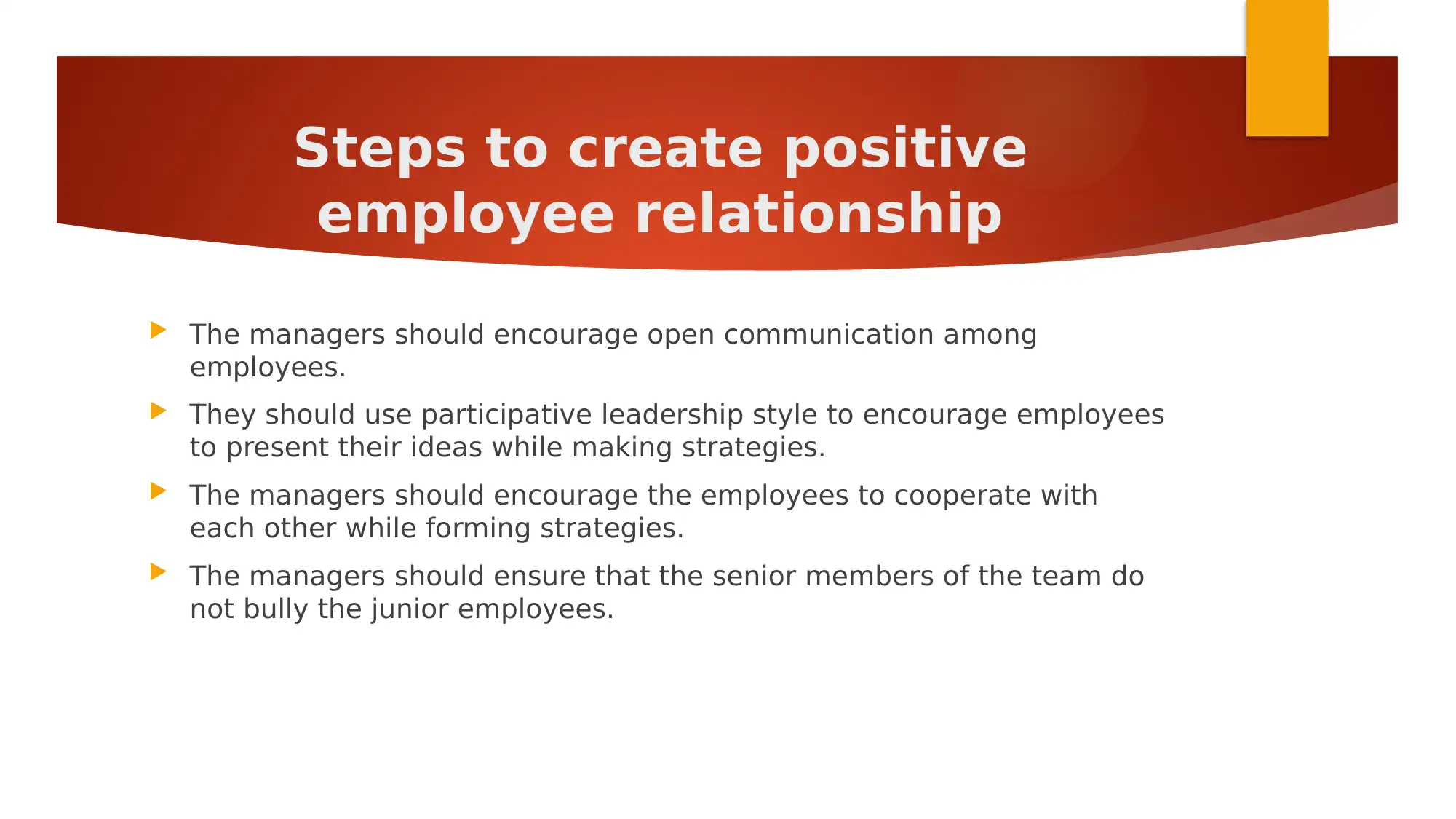
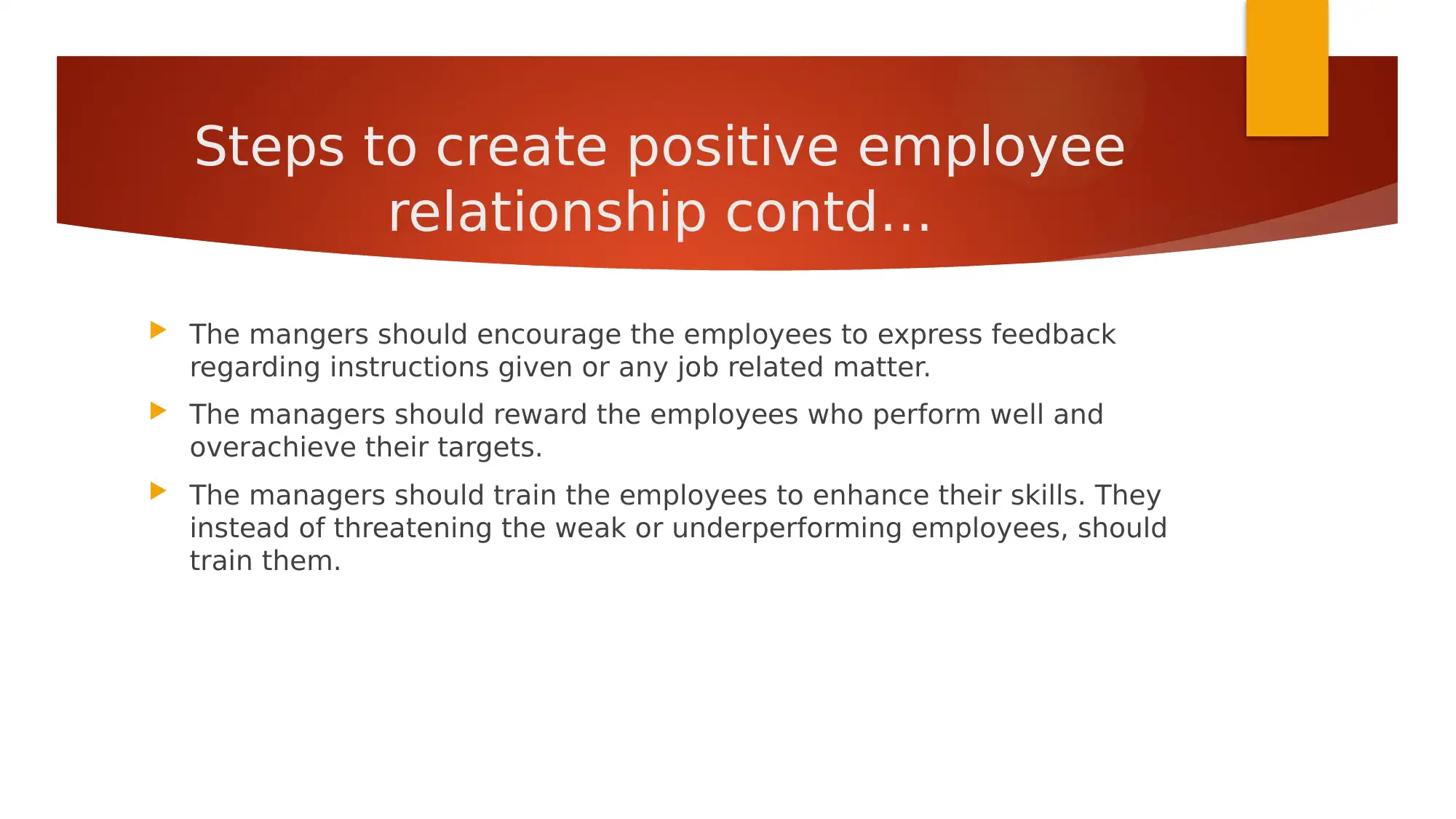
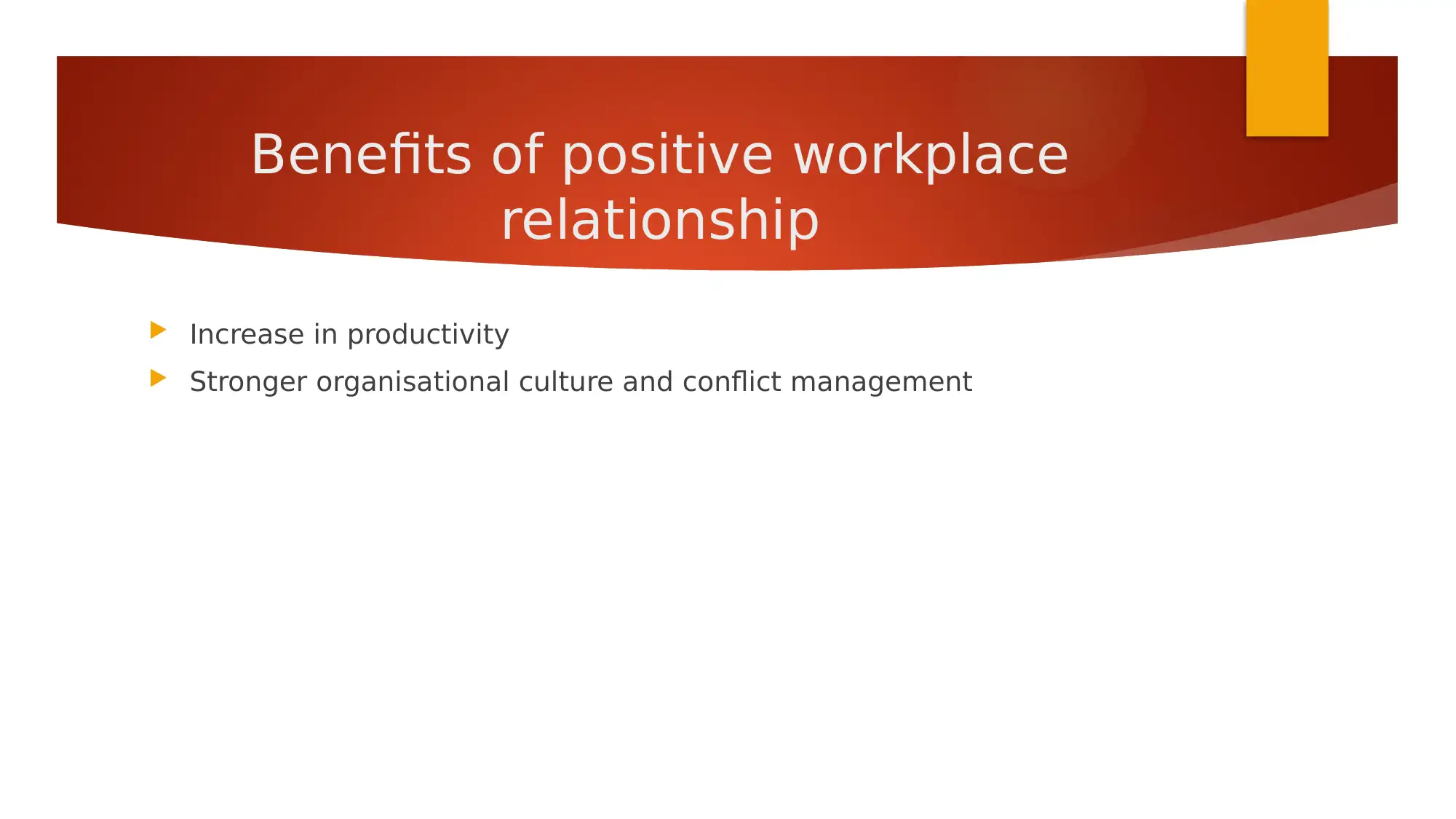
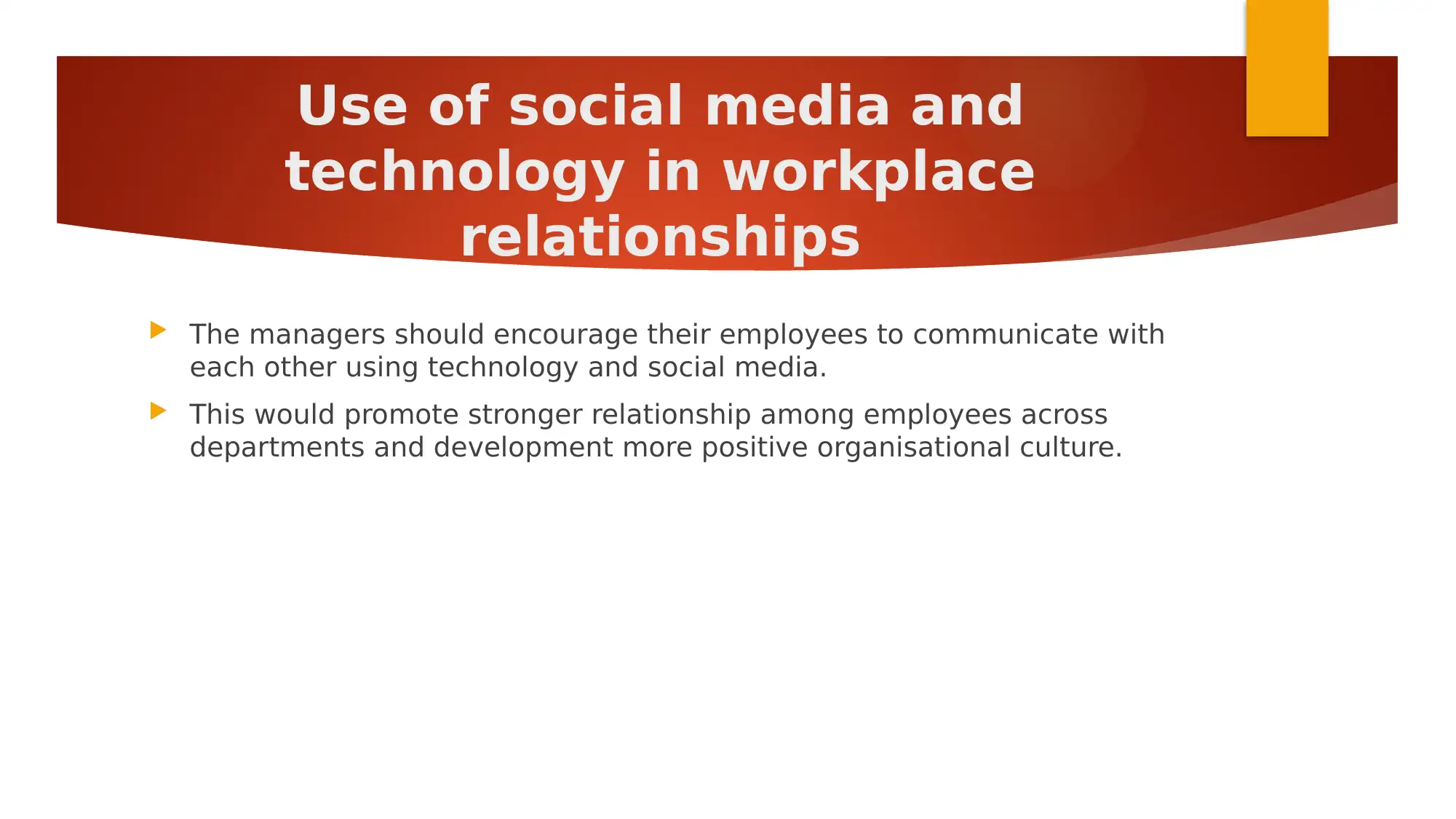
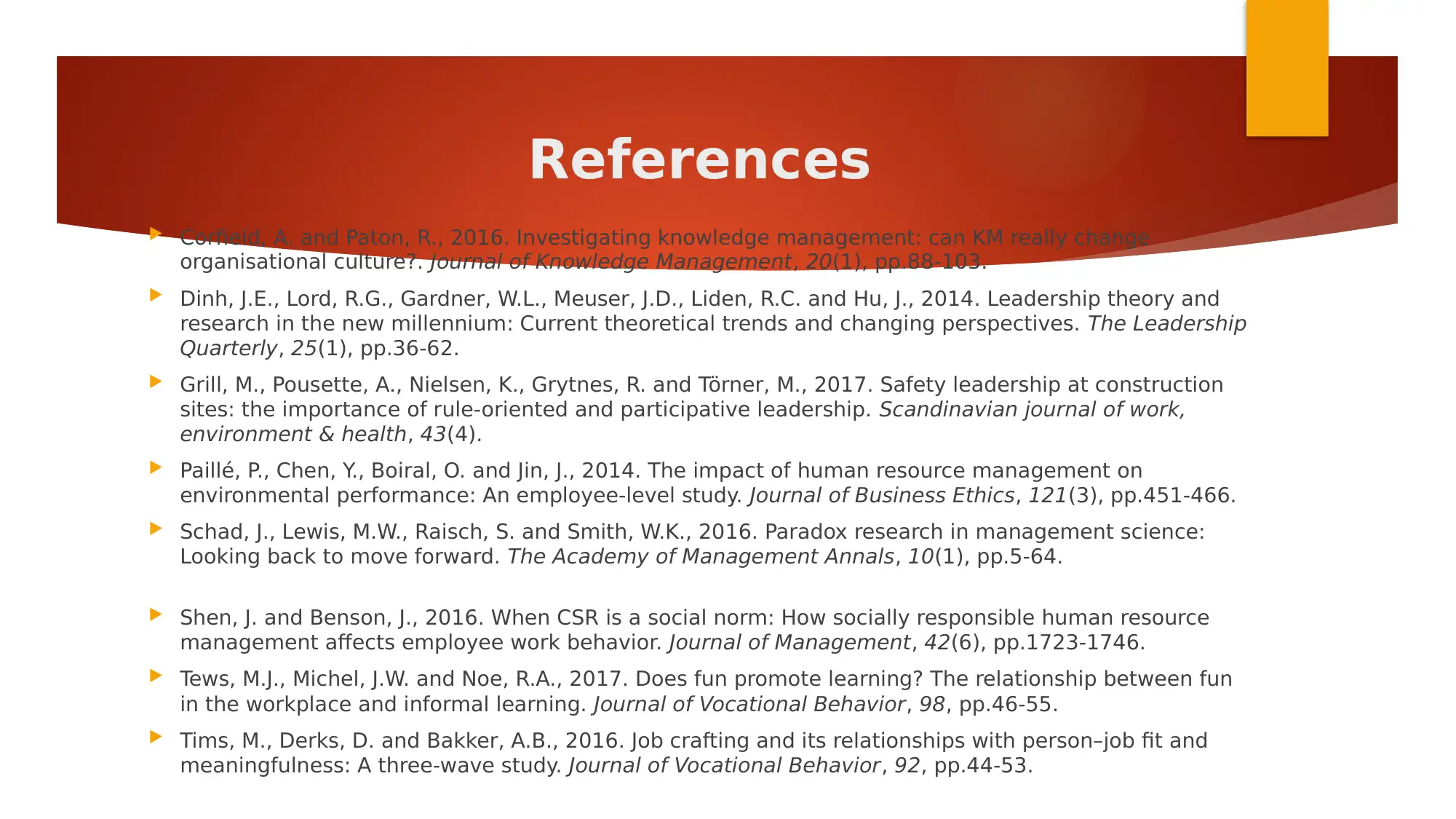
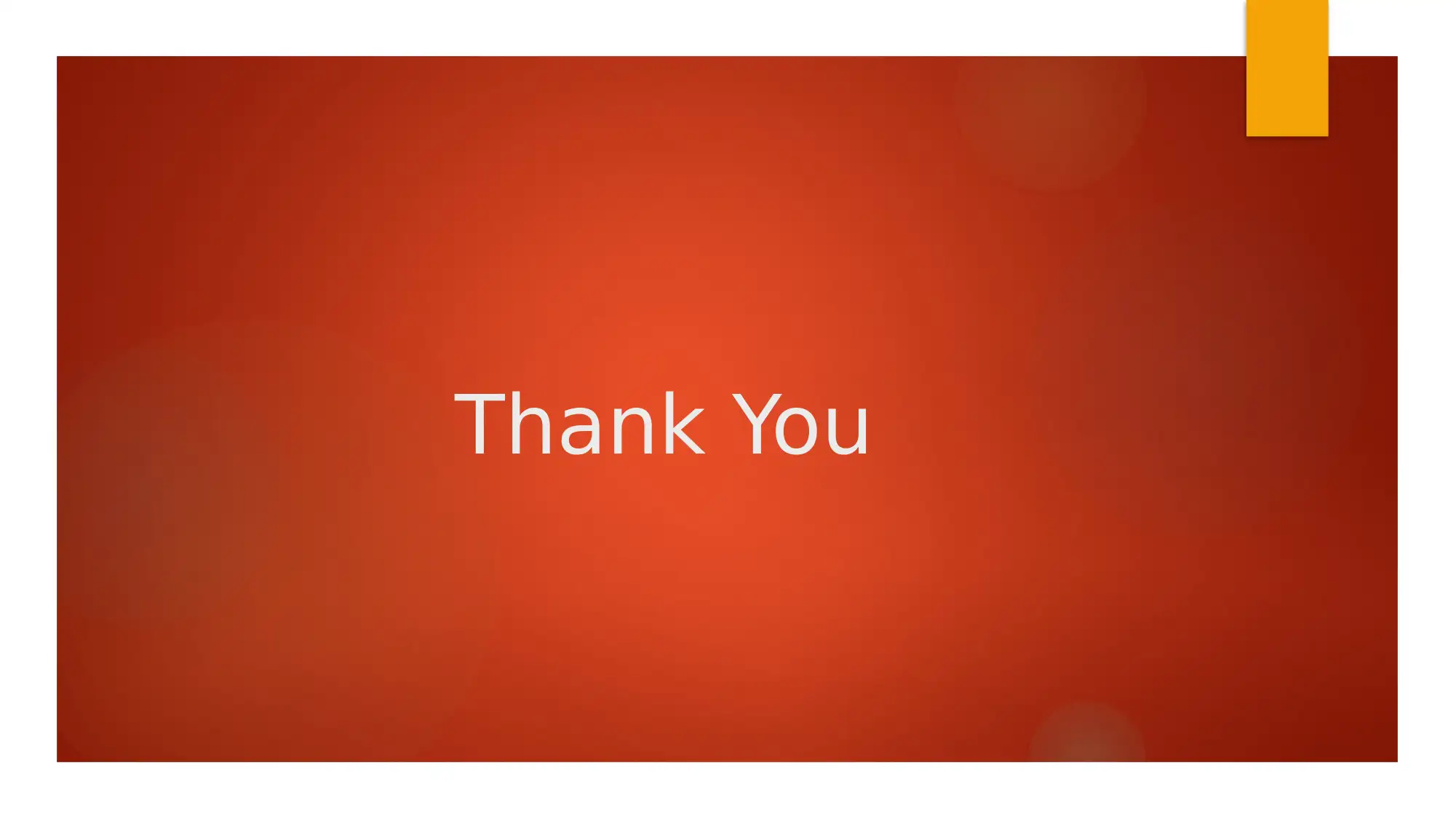





![[object Object]](/_next/static/media/star-bottom.7253800d.svg)